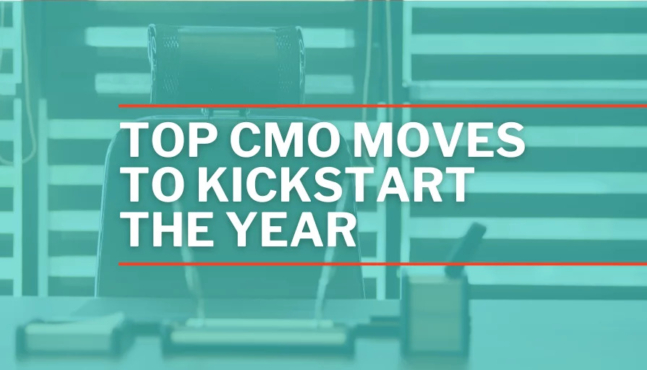
One Prospecting Technique You Must Stop Immediately
If your prospecting goal is to build good relationships on the way to creating customers and clients who buy from you (as opposed to making sales) you probably have a ton of business cards stacked up on your desk, and your LinkedIn connections are in the tens of thousands. But what should you do with them?
There’s a question about one prospecting technique in particular that divides conference goers and LinkedIn denizens in sales and marketing departments across the land: is it okay to add the email addresses of my LinkedIn or conference connections to my marketing emails or sales cadence?
The case for no
Melonie Dondaro, author of The LinkedIn Code says in a post about LinkedIn etiquette, “Do NOT export your connection list and add them to your email database – EVER. Just because someone has connected with you on LinkedIn does NOT give you permission to add them to your list and send them emails. This is completely unethical and in some countries illegal.”
But beyond that, you’re fighting a losing battle for attention. The average number of emails people receive every day is more than 120. If you’re just adding to that noise you’re wasting your time, and it’s much more difficult than you might imagine to stand out. Sure, you might have killer content in your email and any recipient would be lucky to find it in their inbox. But bigger companies than yours hire professional copywriters whose only job is to figure out how to increase open and click-through rates, and even they’re stuck somewhere around 35% for open rates and 3.5% for click-through. And that’s for opted-in addresses (sometimes double opt-in), not for people who didn’t ask to be on your email list.
One of your top indirect prospecting strategies should be to cultivate a great reputation. [Tweet this] Do you want to be the person who connects at conferences and then sends an email reaffirming the connection and includes some specially curated content and links, or do you want to be the person who connects at a conference and immediately begins sending irrelevant emails to someone you barely know.
Katrina Orendian goes into more detail on this point in her great post on Infusionsoft, saying “Resist the urge to export this list and mass email them from your email service provider. This is not only an open invitation for increased spam complaints, but it can negatively affect your business’ reputation as well.”
The case for yes
I could write a few things here like:
- They can opt out anytime
- More prospects means more prospecting success
- Everybody’s doing it
…but they’re all desperate rationalizations of a bad practice. And if you’ve heard any of these excuses, you’ve been told one of the biggest myths about sales prospecting: that people think and behave differently about spam and unsolicited interruptions differently than you do or would.
Read more myths about sales prospecting.
Honestly, though, there isn’t a case for yes. This isn’t one of those prospecting skills that work over the long term and could hurt your personal reputation, your company’s reputation and might even get you blacklisted by email services.
What you can do instead
There’s a right way to build your email list by using sales intelligence tools and good old-fashioned one-to-one emails. If you’ve connected with someone online or in real life, there’s a really good chance they’ll respond positively – or at least open – an email reminding them of who you are, where you met, and the kinds of problems your company solves.
And if you keep it personal and useful, they might even click through to that ebook link you include. This email is where you should offer a link to be opt-in to your marketing email so they can get even more great content in the future.
Ultimately it’s about treating your connections how you’d treat yourself. Reaching back out with a personalized and sincere email is okay; adding all your connections to your email list without their permission isn’t.




